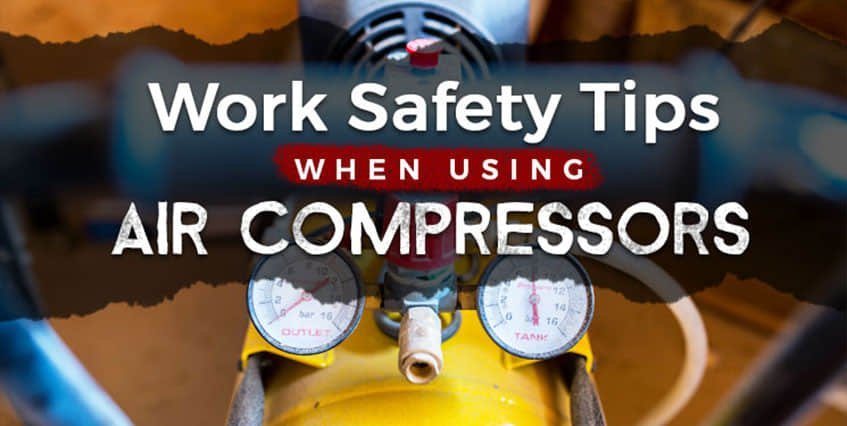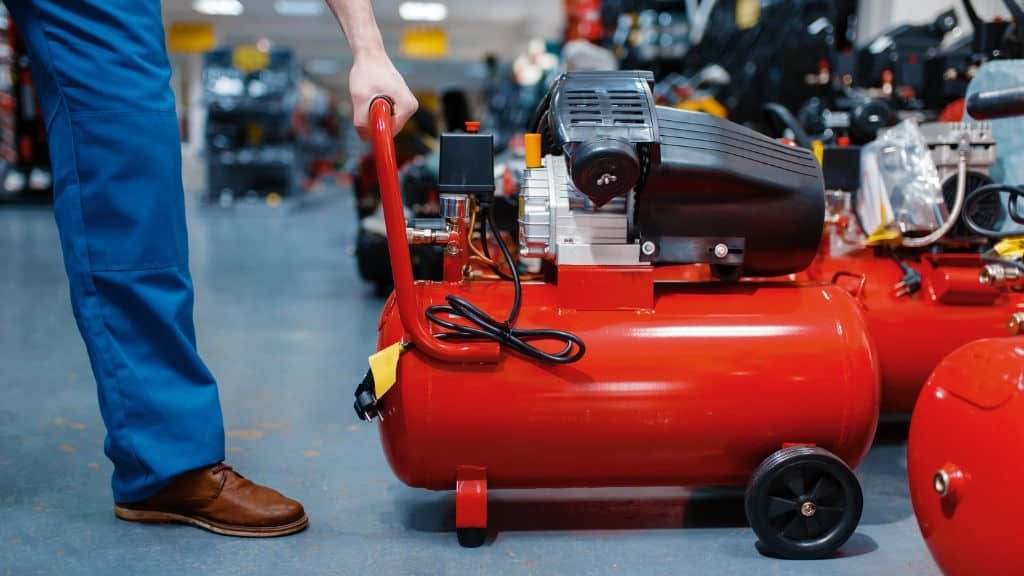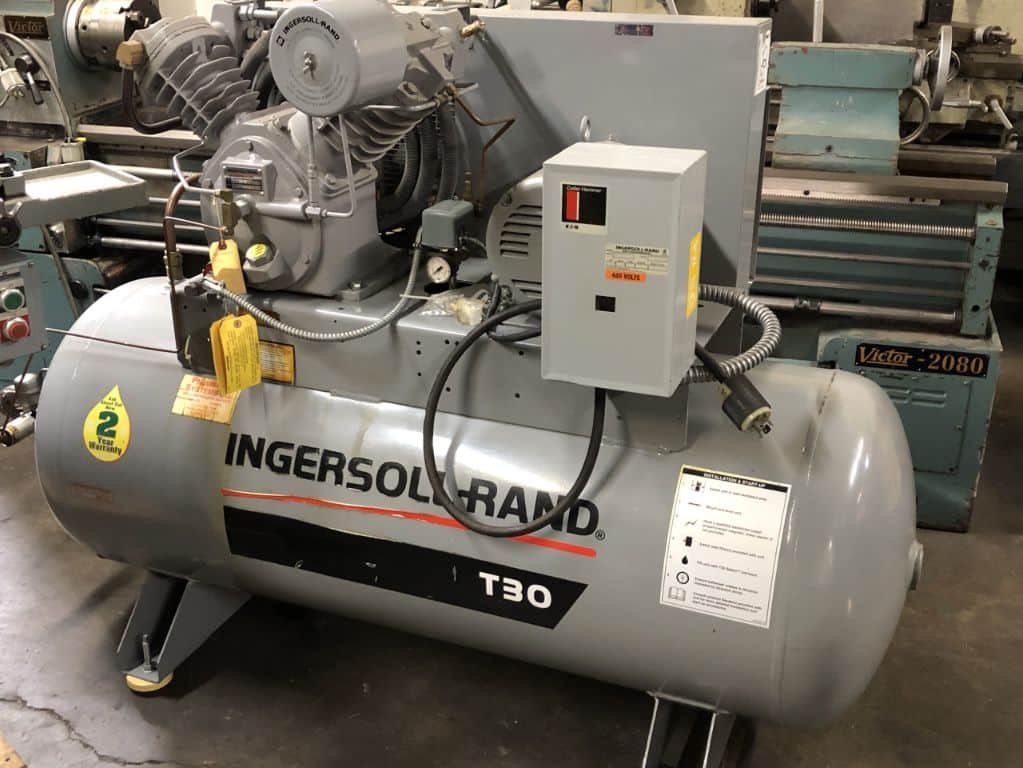Air compressors are commonly used in industrial, manufacturing, and automotive settings to power tools and equipment. Although air compressors are essential for productivity, they can also pose risks to users if not handled safely. In this article, we will discuss the top 5 air compressor safety practices that every user must follow.
Proper Training and Qualification
Only qualified and trained personnel should operate air compressors. Operators must receive adequate training on the specific type of air compressor and the required PPE. Unqualified or inexperienced operators can cause accidents, equipment damage, and even fatalities.
Proper Use of Personal Protective Equipment (PPE)
Operators must wear the recommended PPE when handling air compressors. The PPE includes safety glasses, earplugs or earmuffs, gloves, and safety shoes. The PPE should fit correctly and provide protection against the potential hazards of flying debris, noise, and vibration.
Regular Inspection and Maintenance
Air compressors must receive regular inspections and maintenance to ensure safe operation. It is crucial to inspect hoses, fittings, and tanks for leaks and fix any issues promptly. Regularly check the air filters and oil and replace them as recommended by the manufacturer. Neglecting maintenance can lead to equipment failure, accidents, and injuries.
Proper Positioning and Ventilation of Air Compressors
Air compressors must be positioned in a safe and secure location and away from high traffic areas. The compressor intake should also be away from sources of contamination, such as dust or chemical fumes. Adequate ventilation should be provided to prevent carbon monoxide poisoning and overheating.
Safe Use of Air Hoses and Tools
Proper use of air hoses and tools is critical for safe air compressor operation. Users must inspect air hoses for any damages, wear and tear, and leaks. Users must ensure that air tools are used according to the manufacturer’s guidelines and never pointed at themselves or another person. Users must also disconnect the air hose from the air compressor before making any repairs or adjustments to the tool.
Tips for Air Compressor Operating Guidelines
A few useful tips for operating air compressors:
- Follow the manufacturer’s instructions for safe and efficient operation.
- Learn emergency shutdown procedures and what to do in case of an accident.
- Operate air compressors only in approved locations and on approved power sources.
Air Compressor Regulations
Several regulatory bodies provide guidelines and standards for safe air compressor operation, including:
- OSHA Regulations Regarding Compressed Air: These provide safety guidelines for the use of compressed air, including maximum allowable working pressure, air quality, and PPE.
- ASME Standards for Pressure Vessels: These provide standards for designing, fabricating, and inspecting pressure vessels such as air compressor tanks.
- NFPA Standards for Piping Systems: These provide safety standards for compressed air piping systems, including guidelines for material type and pressure ratings.
Conclusion
Adhering to air compressor safety practices is crucial to mitigate the risks of accidents and injuries in the workplace. Operators must receive proper training, use the recommended PPE, conduct regular maintenance and inspections, position air compressors adequately, and use air hoses and tools safely. Users must also follow operating guidelines and comply with relevant air compressor regulations.




